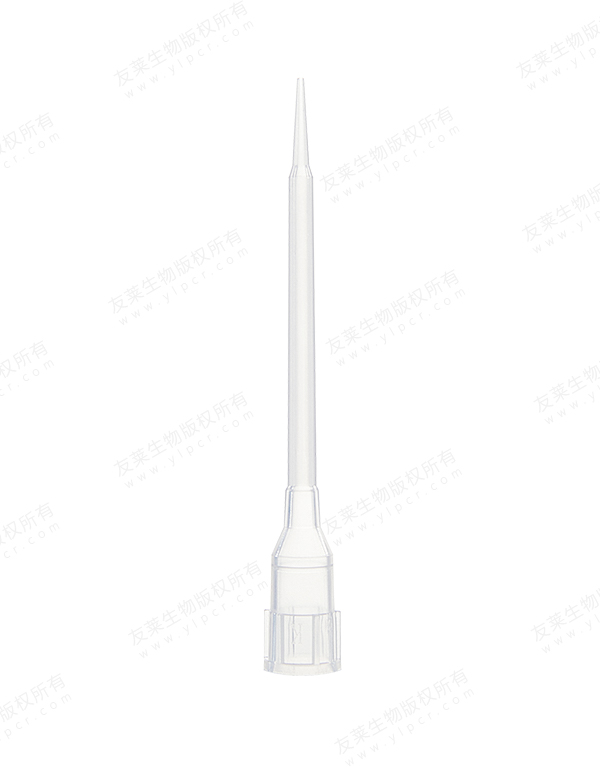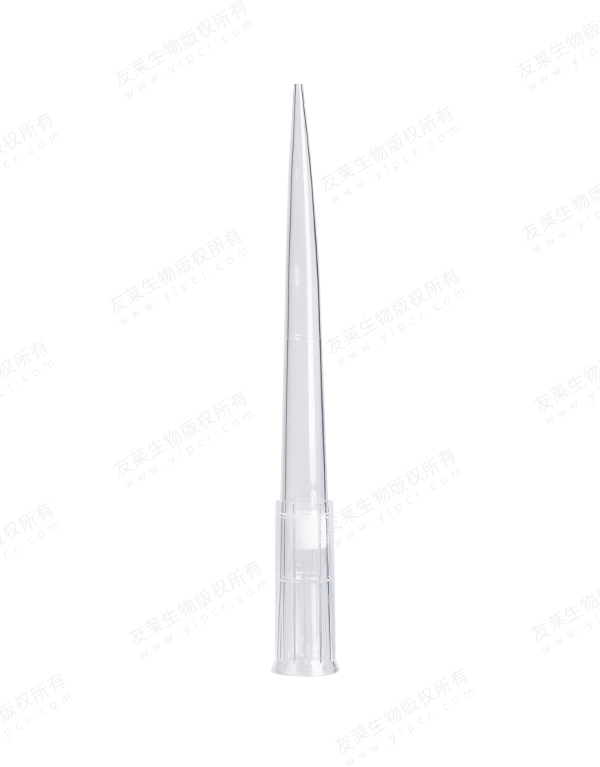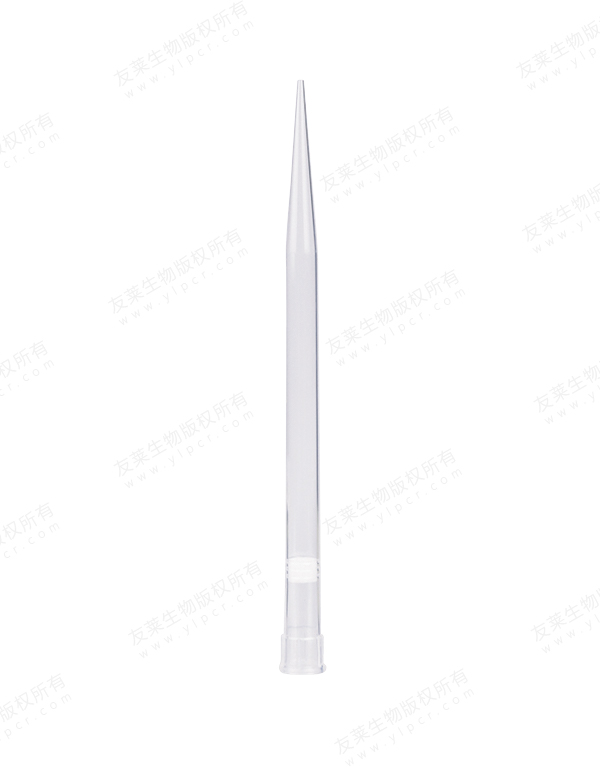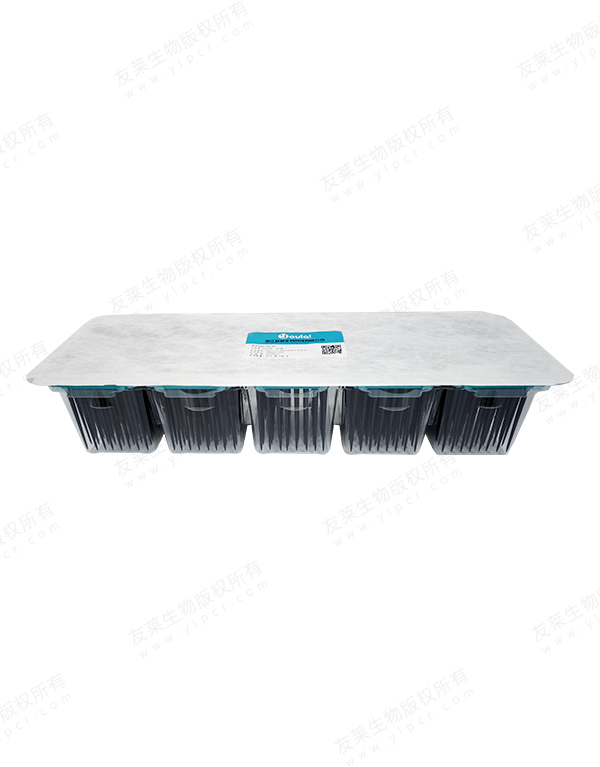Centrifuge tubes are indispensable tools in laboratory settings, playing a crucial role in the separation, purification, and analysis of biological samples and substances. In this comprehensive guide, we will explore the diverse applications and best practices associated with centrifuge tubes, shedding light on their significance in scientific research, diagnostics, and various laboratory processes.
Centrifuge tubes are utilized in a wide range of applications, including but not limited to, sample preparation, cell culture work, molecular biology, biochemistry, and clinical diagnostics. Their primary function involves the separation of components within a sample through the application of centrifugal force. This process enables the isolation of substances based on their density, size, or molecular weight, making centrifuge tubes essential for tasks such as cell pelleting, DNA/RNA extraction, protein purification, and the preparation of various analytical samples.
Understanding the best practices for working with centrifuge tubes is essential for ensuring accurate and reproducible results. Proper handling, labeling, and loading of samples into centrifuge tubes are critical to maintaining sample integrity and preventing cross-contamination. Additionally, selecting the appropriate centrifuge tube type, size, and material based on the specific application and centrifugation conditions is paramount for achieving optimal separation and sample recovery.
Centrifuge tubes are available in various designs and materials to accommodate different laboratory requirements. Common types include conical bottom tubes, flat bottom tubes, and specialized tubes for specific applications such as PCR, microcentrifugation, and ultracentrifugation. The choice of material, whether it be polypropylene, polycarbonate, or other plastics, depends on factors such as chemical compatibility, temperature resistance, and centrifugation speed capabilities.
When working with centrifuge tubes, it is essential to adhere to recommended centrifugation protocols, including appropriate rotor selection, speed, and duration of centrifugation. Adhering to these guidelines ensures the safety of laboratory personnel, prevents damage to the centrifuge equipment, and maintains the integrity of the samples being processed.
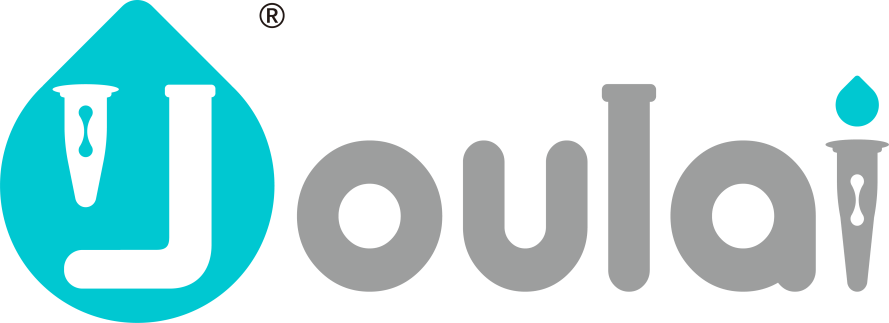
 English
English русский
русский 中文简体
中文简体